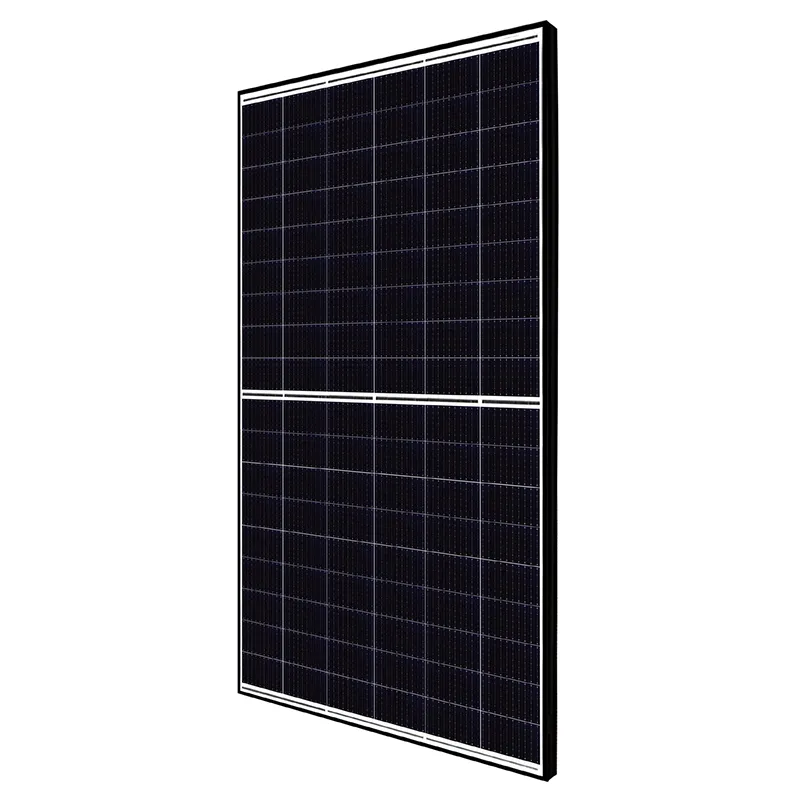Comparison of Solar String Inverters and Microinverters for Optimal Energy Production
Solar String Inverters vs. Micro Inverters What You Need to Know
As the world increasingly turns towards renewable energy sources, solar power has emerged as one of the most popular methods of harnessing energy from the sun. For anyone considering a solar installation, it's crucial to understand the differences between solar string inverters and micro inverters. Each system has its own set of advantages and disadvantages, which can significantly affect the performance, efficiency, and overall cost of a solar power system.
What are String Inverters?
String inverters are traditionally the most common type of inverter used in residential and commercial solar installations. In these systems, multiple solar panels are connected in series – or “in a string” – and feed their power into a single inverter. This inverter converts the direct current (DC) generated by the solar panels into alternating current (AC) that can be used in homes or fed back into the grid.
Advantages of String Inverters
1. Cost-Effectiveness Typically, string inverters are less expensive to purchase and install compared to micro inverters. For large installations with many panels, this can lead to significant cost savings.
2. Simplicity The system is easier to design and install, as it requires fewer components and connections.
3. Reliability High-quality string inverters are known for their reliability and long lifespan, often lasting 10 to 15 years with proper maintenance.
4. Maintenance With fewer components involved, maintenance can be easier and less costly.
Disadvantages of String Inverters
1. Shading Issues If one panel in the string is shaded or malfunctioning, it can reduce the overall output of the entire string. This is due to the series configuration, where the performance of all panels is dictated by the weakest link.
2. Limited Monitoring Most string inverters provide an overall system performance monitor but do not allow for individual panel monitoring, making it challenging to identify specific issues.
What are Micro Inverters?
solar string vs micro inverter

Micro inverters, on the other hand, are small devices that are attached to each individual solar panel. They convert DC to AC at each panel, allowing for more independent operation. This means that if one panel is underperforming, it doesn’t significantly impact the output of the others.
Advantages of Micro Inverters
1. Maximized Energy Harvesting Micro inverters allow each panel to operate independently, meaning if one panel is shaded or experiencing issues, the rest can still function optimally. This can lead to a higher overall energy yield compared to string inverters, particularly in shaded or unevenly oriented installations.
2. Enhanced Monitoring Micro inverters typically provide panel-level monitoring, allowing homeowners to keep track of the performance of each panel.
3. Scalability If you want to expand your system later, micro inverters allow for a more straightforward addition of new panels without reconfiguring the entire system.
Disadvantages of Micro Inverters
1. Higher Cost Micro inverters tend to be more expensive upfront due to the need for multiple units, which can be a deterrent for those with tighter budgets.
2. Complex Installation With more components to handle, the installation can be more complex and time-consuming.
3. Potential for More Failure Points Each solar panel has its own inverter, which could result in a higher total number of components that could potentially fail.
Conclusion
When deciding between solar string inverters and micro inverters, the best choice depends on your specific circumstances, including the design of your roof, budget, and energy needs. If you expect minimal shading and want a cost-effective solution, string inverters might be the way to go. However, if your roof has shading issues or if you want detailed monitoring at the panel level, micro inverters may prove more beneficial in the long run.
Ultimately, both technologies have their merits, and advancements in solar technology continue to blur the lines between them. As you consider making the switch to solar power, it’s advisable to consult with a professional installer. They can evaluate your unique situation and help guide you toward the most suitable inverter type for your solar energy system. The decision you make will play a crucial role in the efficiency and cost-effectiveness of your solar energy investment for years to come.
-
String Solar Inverter: The High-Efficiency Solution for Smart Solar EnergyNewsJul.14,2025
-
Revolutionizing Rooftop Energy with the Power of the Micro Solar InverterNewsJul.14,2025
-
Power Independence with Smart Off Grid Solar Inverter SolutionsNewsJul.14,2025
-
On Grid Solar Inverter: Powering the Future with Smart Grid IntegrationNewsJul.14,2025
-
Monocrystalline Solar Panels: High-Efficiency Power for the Future of Clean EnergyNewsJul.14,2025
-
Bifacial Solar Panel: A Smarter Investment for Next-Generation Energy SystemsNewsJul.14,2025







